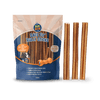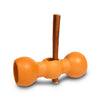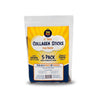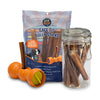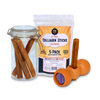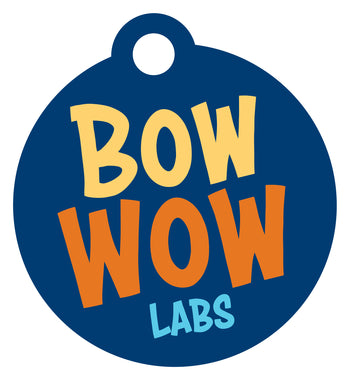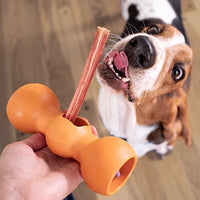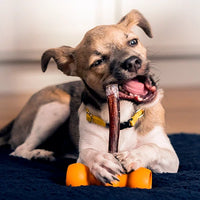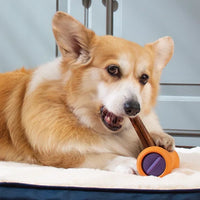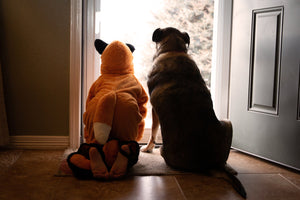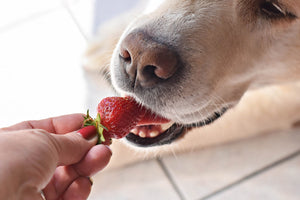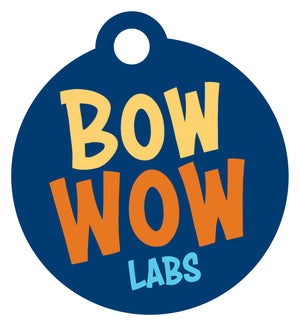Ever spotted a dog that looks like they could join a reggae band or double as a floor mop and still be the cutest thing you’ve ever seen? Some dog breeds are naturally blessed with corded coats that resemble dreadlocks. And while their look might get them all the attention at the dog park, these pups are more than just a pretty face. From herding sheep to lounging on your couch, they bring personality, intelligence and a whole lot of fluff.
What Causes Dreadlocks in Dogs?
For dogs, dreadlocks aren’t a hairstyle. They’re a natural coat formation that results from the way certain breeds’ hair mats and cords over time. It typically happens in breeds with a dense, wooly undercoat and a coarser topcoat. The cords begin forming when the soft and coarse hairs twist and mat together, creating long, rope-like strands.
Fun fact: Most dreadlocked coats aren’t automatic. They require a bit of time, patience and careful separation to help the cords form properly. But once they do, it’s a look you’ll never forget.
Meet the Breeds with Dreadlocks
Komondor: The Original Mop Dog
Let’s start with the most iconic of them all. The Komondor, also known as the "mop dog," is a large Hungarian livestock guardian with a thick, white corded coat that offers protection from both predators and the elements. These dogs were bred to watch over sheep, and their dreadlocks helped them blend in with the flock while also defending against bites.
What makes them special: Komondors don’t start life with cords. They’re born with fluffy, wooly coats. The cords begin forming between 8–12 months old, and it can take years for their signature look to fully develop.
Personality: Calm, protective and independent. Komondors are loyal guardians but not the best choice for first-time dog parents due to their size and grooming needs.

Puli: The Mini Mop with Major Bounce
Think of the Puli as the Komondor’s younger, more agile sibling. Also from Hungary, the Puli sports a tightly curled corded coat and a personality that’s equally full of life. These dogs are known for their energetic antics and distinctive bounce when they run—their cords seem to bob with every step!
What makes them special: Pulis have a waterproof double coat that forms naturally into cords. Their cords are smaller and tighter than the Komondor’s, giving them a playful, springy look.
Personality: Lively, smart and affectionate. They’re herders at heart and thrive on activity and attention.
Bergamasco: The Dreads with a Flat Twist
The Bergamasco Sheepdog hails from the Italian Alps and is best known for its flat, felted coat. Rather than tight cords, the Bergamasco has a three-part coat that forms large mats or “flocks.” While they resemble dreadlocks, their texture is more like a shaggy carpet than rope.
What makes them special: Their coat forms naturally and is surprisingly low maintenance once matured. It doesn’t need regular brushing, and the breed sheds very little.
Personality: Intelligent, patient and loyal. Bergamascos are great with families and make excellent companions.

Havanese (When Corded)
While not naturally dreadlocked, the Havanese—Cuba’s national dog—can be groomed into cords with consistent effort and care. Their soft, silky coats can be trained to mat into neat cords, resulting in a stylish, boho look that’s show-ring ready.
What makes them special: Corded Havanese aren’t common, so if you see one, you’re in the presence of doggy fashion royalty.
Personality: Friendly, outgoing and a bit of a ham. Havanese pups love attention and make wonderful lap dogs.
How to Care for a Corded Coat
Thinking of adopting a dog with dreadlocks? Here’s the good news: once the cords are fully formed, they don’t need brushing. The bad news? Getting there takes a lot of work. Here’s what you should know:
- Cording takes time: The cords need help forming, usually by separating mats manually.
- Bathing is tricky: Corded coats soak up water and take a long time to dry. You may need a high-powered dryer (or a whole day of sun).
- Dirt happens: Cords can trap debris, so regular cleaning and careful maintenance are a must.
- No shaving allowed: Once a corded coat is shaved, it may not grow back the same way.
Maintaining a corded coat is a unique grooming journey, but for many proud owners, it’s worth every minute.
Should You Get a Dreadlocked Dog?
These breeds are undeniably striking, but they’re not low-maintenance pets. Their grooming needs are specific, their coats take time to develop, and some (like the Komondor) are very large and strong-willed.
But if you’re up for the challenge, dreadlocked dogs are loving, loyal and wonderfully unique. They’re conversation starters, cuddle buddies and companions with a long and noble history.
Just be ready for lots of curious stares. And probably a few people asking if your dog is wearing a costume.


